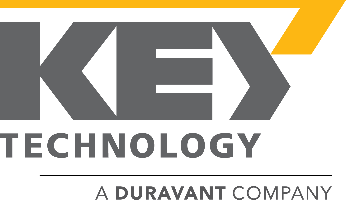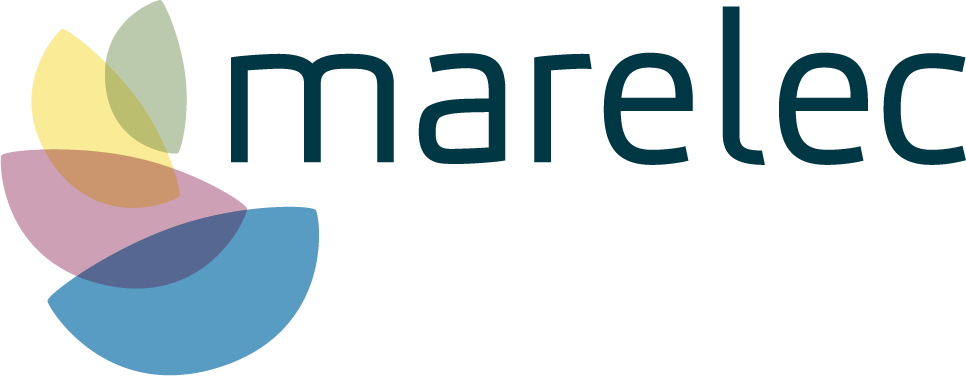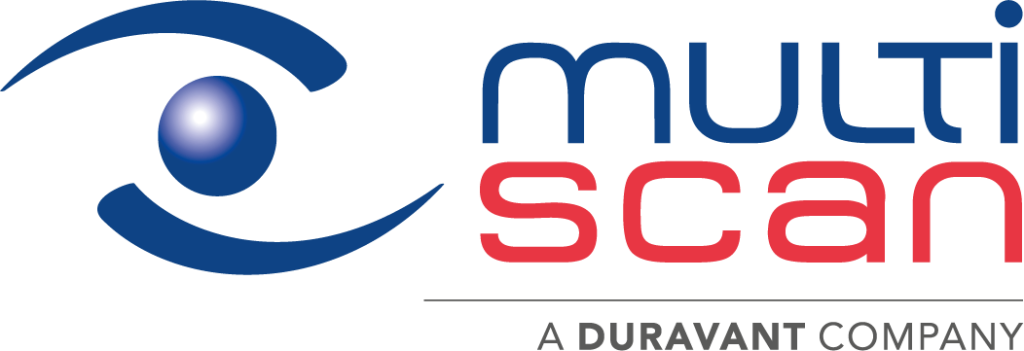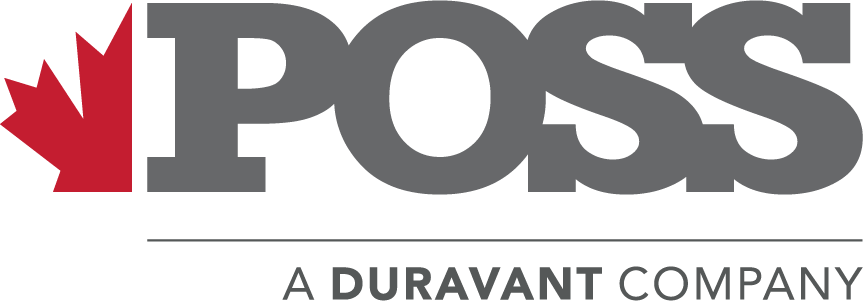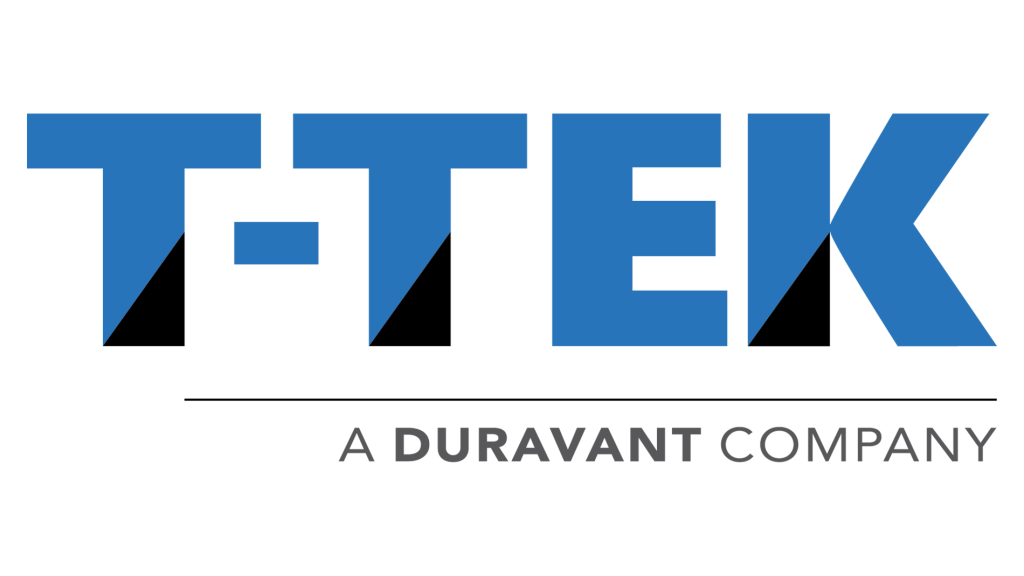The Duravant family of operating companies serve the food processing, packaging and material handling segments.
Future Innovations in Industrial Packaging and Their Advantages for Global Buyers
In an increasingly interconnected world, the demand for efficient and sustainable solutions in industrial packaging has become more critical than ever. As global trade expands, companies are seeking innovative packaging methods that not only protect their products but also reduce environmental impact. Future innovations in industrial packaging are being driven by advancements in materials, technology, and eco-friendly practices. These developments promise to reshape how goods are transported and stored, enhancing the overall supply chain for businesses and consumers alike.
The advantages of modern industrial packaging extend beyond mere functionality; they encompass cost-efficiency, improved safety, and a reduced carbon footprint. By adopting forward-thinking packaging solutions, global buyers can optimize their logistics, meet regulatory standards, and appeal to environmentally conscious consumers. As we delve into the future of industrial packaging, we will explore the groundbreaking approaches that are setting new benchmarks in the industry and paving the way for a more sustainable future.

Emerging Trends in Industrial Packaging Technology
The landscape of industrial packaging is rapidly evolving, driven by advancements in technology and a heightened awareness of sustainability. As global buyers look for more efficient and eco-friendly solutions, emerging trends in industrial packaging technology are reshaping the industry. Innovative materials, such as ethylene-vinyl alcohol copolymer, are gaining traction due to their strong barrier properties, making them ideal for environmentally conscious packaging applications. This shift not only enhances product preservation but also addresses growing consumer demands for sustainable packaging options. Another significant trend in industrial packaging is the integration of smart technologies. IoT-enabled packaging solutions are becoming increasingly prevalent, allowing for real-time monitoring of products throughout the supply chain. This not only ensures optimal performance but also aids in reducing waste and enhancing efficiency. Manufacturers are focusing on creating packaging that is not just a protective barrier but also provides valuable data that can help streamline processes and improve customer satisfaction. Furthermore, the emphasis on health and hygiene in packaging cannot be overstated. The market for sanitary packaging is projected to grow significantly, driven by rising disposable incomes and urbanization. As consumers become more health-conscious, the demand for materials that are both safe and easy to recycle is on the rise. Industrial packaging solutions that prioritize health and environmental impact are not only advantageous for buyers but are also paving the way for a more sustainable future in the packaging industry.

Sustainable Materials in Packaging: A Key for Global Buyers
Sustainable materials in packaging are increasingly becoming a critical focus for global buyers, driven by the urgent need for environmentally friendly practices across various industries. According to a report by Smithers Pira, the global sustainable packaging market is expected to reach $500 billion by 2027, showcasing a compound annual growth rate (CAGR) of approximately 5.5%. This shift towards sustainable solutions is not just a trend; it reflects a growing commitment among companies to reduce their carbon footprints and enhance their brand reputations.
One of the most significant advancements in sustainable packaging is the use of biodegradable and compostable materials. Research indicates that products designed with these materials can help reduce landfill waste by up to 30%, a statistic highlighted by studies from the European Bioplastics Association. Moreover, incorporating recycled materials into packaging can lead to a reduction in energy consumption and greenhouse gas emissions. For instance, using recycled paper for packaging can save up to 60% energy compared to producing new paper from virgin fibers.
Furthermore, consumers are becoming more discerning, preferring brands that prioritize sustainability. A survey by Nielsen revealed that 66% of global consumers are willing to pay more for sustainable brands, a figure that climbs to 73% among millennials. This shift signifies a vital opportunity for global buyers to align their purchasing strategies with eco-friendly packaging solutions, ultimately satisfying consumer demand while securing a competitive advantage in the marketplace. By embracing sustainable materials, businesses not only contribute to environmental conservation but also enhance their marketability in an increasingly eco-conscious world.

Smart Packaging Solutions: Enhancing Supply Chain Efficiency
Smart packaging solutions are transforming the industrial packaging landscape by significantly enhancing supply chain efficiency. According to a report by MarketsandMarkets, the smart packaging market is expected to reach USD 38.2 billion by 2026, growing at a CAGR of 6.3%. This growth is driven by the increasing demand for better inventory management and the need for real-time tracking and monitoring of products throughout the supply chain.
One of the key advantages of smart packaging is the integration of the Internet of Things (IoT) technology, which allows for the real-time tracking of goods. This capability not only minimizes losses due to spoilage or theft but also ensures that consumers receive their products in optimal condition. For instance, temperature-sensitive products can be monitored continuously, alerting suppliers if temperatures deviate from acceptable ranges, thereby maintaining quality and safety.
Moreover, smart packaging can improve communication throughout the supply chain. For example, QR codes and NFC technology enable quick access to product information, enhancing transparency and traceability. A study by Transparency Market Research indicates that increasing consumer demand for detailed product information is pushing companies to adopt smart solutions, leading to better decision-making and reduced operational costs. As global buyers prioritize sustainability and efficiency, incorporating smart packaging solutions will not only meet these demands but also create competitive advantages in the marketplace.

Cost-Effective Innovations in Packaging Design
The world of industrial packaging is undergoing a significant transformation, driven by a relentless pursuit of cost-effective innovations that meet the diverse needs of global buyers. As companies strive to optimize their supply chain operations, packaging design has emerged as a key area for improvement. Innovative approaches not only enhance efficiency but also reduce material waste and overall costs, providing a competitive edge in today's fast-paced market.
One exciting trend in packaging design is the utilization of advanced materials. Sustainable options, such as biodegradable or recyclable materials, not only appeal to environmentally conscious consumers but also cut down on disposal costs for businesses. By investing in these innovative materials, companies can achieve long-term savings while enhancing their brand reputation. Moreover, lightweight packaging solutions decrease shipping costs and carbon footprints, making them an attractive option for global buyers looking to improve their sustainability credentials.
Another noteworthy innovation is the integration of smart technology into packaging. Smart packaging solutions, which can include RFID tags and QR codes, are revolutionizing how products are tracked and managed throughout the supply chain. This technological advancement allows for real-time inventory management, reducing the likelihood of overproduction and waste. By leveraging these intelligent systems, buyers can ensure they receive products that meet their requirements more efficiently and economically. As the industry evolves, embracing these cost-effective innovations will be crucial for buyers seeking to maximize value and maintain a competitive advantage.
Regulatory Changes and Their Impact on Global Packaging Practices
The landscape of industrial packaging is rapidly evolving due to changing regulatory frameworks aimed at sustainability and safety. Governments worldwide are increasingly implementing stricter regulations that impact packaging materials, waste management, and labeling standards. These regulatory changes push companies to re-evaluate their packaging strategies, compelling them to adopt innovations that comply with environmental guidelines while also addressing consumer demand for transparency and sustainability.
One significant regulatory trend is the introduction of guidelines focusing on reducing single-use plastics and promoting recyclable materials. Global buyers are now more inclined to partner with manufacturers who prioritize eco-friendly packaging, driving a shift towards materials that can be easily recycled or repurposed. This not only helps companies meet legal requirements but also enhances their brand image in the eyes of environmentally conscious consumers.
Moreover, regulatory changes often necessitate the incorporation of advanced technologies in packaging solutions. For instance, smart packaging that includes QR codes or RFID technology enables better tracking and information sharing throughout the supply chain. This innovation fosters compliance with regulations while improving efficiency, reducing waste, and enhancing product safety. As industrial packaging continues to transform under the weight of regulatory scrutiny, the benefits for global buyers are manifold, creating opportunities for more sustainable practices and enhanced operational efficiency.


